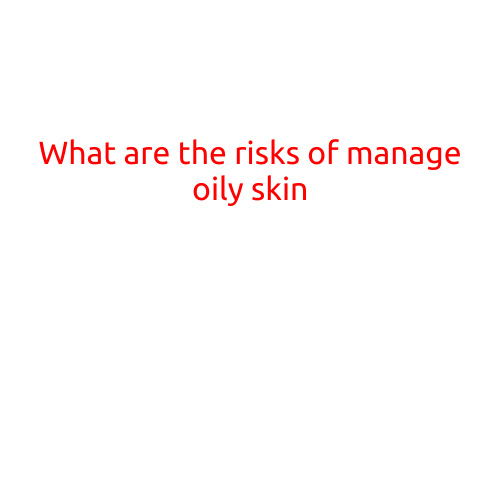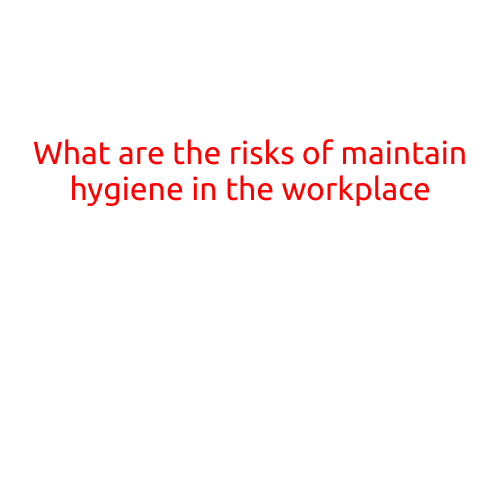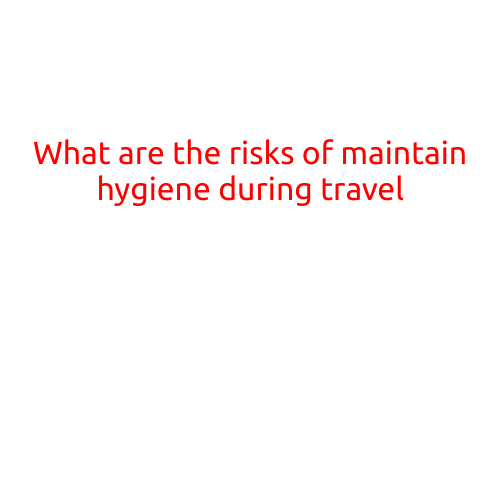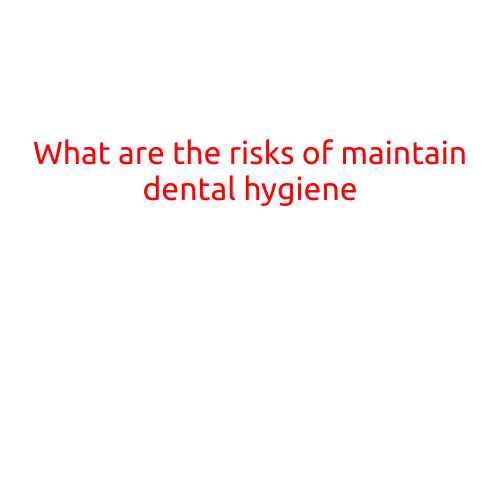
What are the Risks of Having Oily Skin?
Oily skin can be a nuisance, especially during hot summer months or when you’re dealing with hormonal fluctuations. While it may seem like a minor skin concern, oily skin can lead to a host of issues that can impact your overall skin health and appearance. In this article, we’ll explore the risks associated with having oily skin and what you can do to manage them.
Acne and Clogged Pores
One of the most common risks of having oily skin is the development of acne. When the pores on your skin become clogged with excess oil, dead skin cells, and bacteria, it can lead to blackheads, whiteheads, and even painful pimples. Repeated episodes of acne can leave behind permanent scars and hyperpigmentation, which can be difficult to treat.
Increased Risk of Skin Infections
Oily skin provides an ideal environment for bacteria and other microorganisms to thrive. When these bacteria infect the skin, it can lead to conditions such as folliculitis, abscesses, and even cellulitis. These infections can be painful, red, and swollen, and may require antibiotics or other medical treatment.
Premature Aging
While oily skin may not seem like a cause of premature aging, it can actually contribute to the formation of fine lines, wrinkles, and age spots. This is because excess oil can lead to a buildup of dead skin cells and other debris, which can cause skin irritation and inflammation. Over time, this can lead to the breakdown of collagen and elastin, causing the skin to appear thinner and more fragile.
Hygiene Issues
Oily skin can also create hygiene issues, particularly in areas such as the hairline, eyebrows, and facial crevices. When oil and sweat accumulate in these areas, it can create a breeding ground for bacteria and other microorganisms. This can lead to conditions such as pink eye, folliculitis, and other infections.
Sensitivity and Irritation
Oily skin can also be incredibly sensitive and irritated, especially to harsh skincare products or environmental factors such as pollution and UV rays. When the skin is irritated, it can become red, inflamed, and itchy, which can be uncomfortable and embarrassing.
How to Manage Oily Skin
While oily skin can be challenging to manage, there are several strategies you can use to reduce its risks and consequences:
- Use a gentle, oil-free skincare routine: Look for products that are labeled “oil-free” and “non-comedogenic” to reduce the risk of clogged pores and acne.
- Exfoliate regularly: Exfoliating helps to remove dead skin cells and other debris that can contribute to oily skin.
- Use a clay mask: Clay masks can help to absorb excess oil and purify the skin.
- Stay hydrated: Drinking plenty of water can help to flush out toxins and reduce the appearance of oily skin.
- Avoid picking or popping pimples: This can lead to further irritation, scarring, and infection.
- Consider professional treatments: If you’re struggling to manage your oily skin, consider consulting with a dermatologist or esthetician for professional advice and treatment.
Conclusion
While oily skin can be challenging to manage, it’s essential to understand the risks associated with it. By using a combination of gentle skincare products, regular exfoliation, and other management strategies, you can reduce the risks of acne, infections, premature aging, and other issues. Remember to always prioritize your skin health and take steps to protect and care for your skin.





